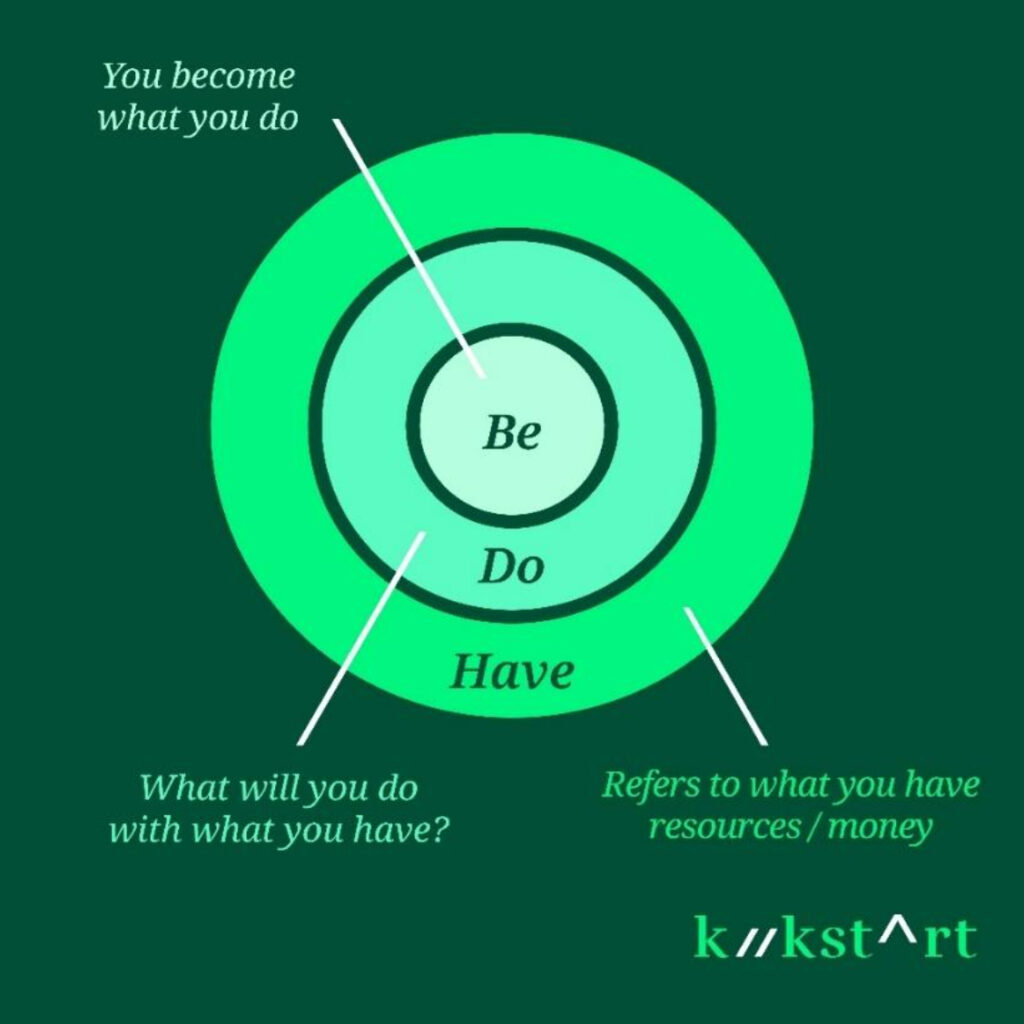Contributed by Idea Collective Member:

Founder at 𝗞𝗶𝗶𝗸𝘀𝘁𝗮𝗿𝘁
While collaboration is talked about at nearly every conference, it is a process that requires a particular skill set and knowledge base to make it successful for all parties.
We love collaboration but have also seen the outcomes when it goes wrong and there is a misalignment.
Kiikstart unpacks the key factors that will determine whether you are ready to pursue collaborations plus the mindset to increase the chances of success.
It is difficult to design and implement a great collaboration unless you know what high-value work is in your business and how you measure it.
High-value work is shaped by your values and how you deliver the client experience + what is happening in terms of client behavior and demand.
Planning and having the ideas around to collaborating and successfully implementing are two very different skillsets.
Two key questions to ask at the early stages of just thinking about collaboration include:
To collaborate successfully, you need to adopt a start-up mentality.
Often this is referred to as an entrepreneurial mindset, and it is key to whether or not you work for a large organization, small business o run your own gig.
Businesses today require consistent re-set, and you need to be prepared to make a commitment to being honest about what you want to change about your own work practice.
As you will see from the list below there are many factors you will need to potentially review and re-design before you can successfully collaborate.
This can include factors such as:
Collaboration is not for everyone, and there are some fundamental questions you need to be able to answer before you invest resources into designing, implementing and nurturing collaborations.
This is not about what you do, how you do it and even why you do it. Sure, these are important, but this focus is really about the BE.
Before you are able to really design a successful collaboration, you must connect with who you want to become as a business and as a brand.
While we live in interesting times, we need to be able to allow headspace to define what you want to become in the next 6, 12 or 18 months.
What you want to become sits at the core of the business and shapes every decision, including the type of potential collaborations you wish to be part of.

One of the greatest errors people make in a collaboration is that they only think about their needs – not the other parties.
The inward thinking perspective leads nowhere great.
All great partnerships start with three key factors in place – before taking the first step.
Collaboration is worthwhile but even at the planning stage there is a lot to consider if you want to deliver great outcomes that make a measurable difference.
If you would like to further discuss collaborations, join the Idea Collective and be a part of a mass collaboration so you don’t have to grow it alone!
© Small Step Solutions, LLC 2024 | Web by KP Design